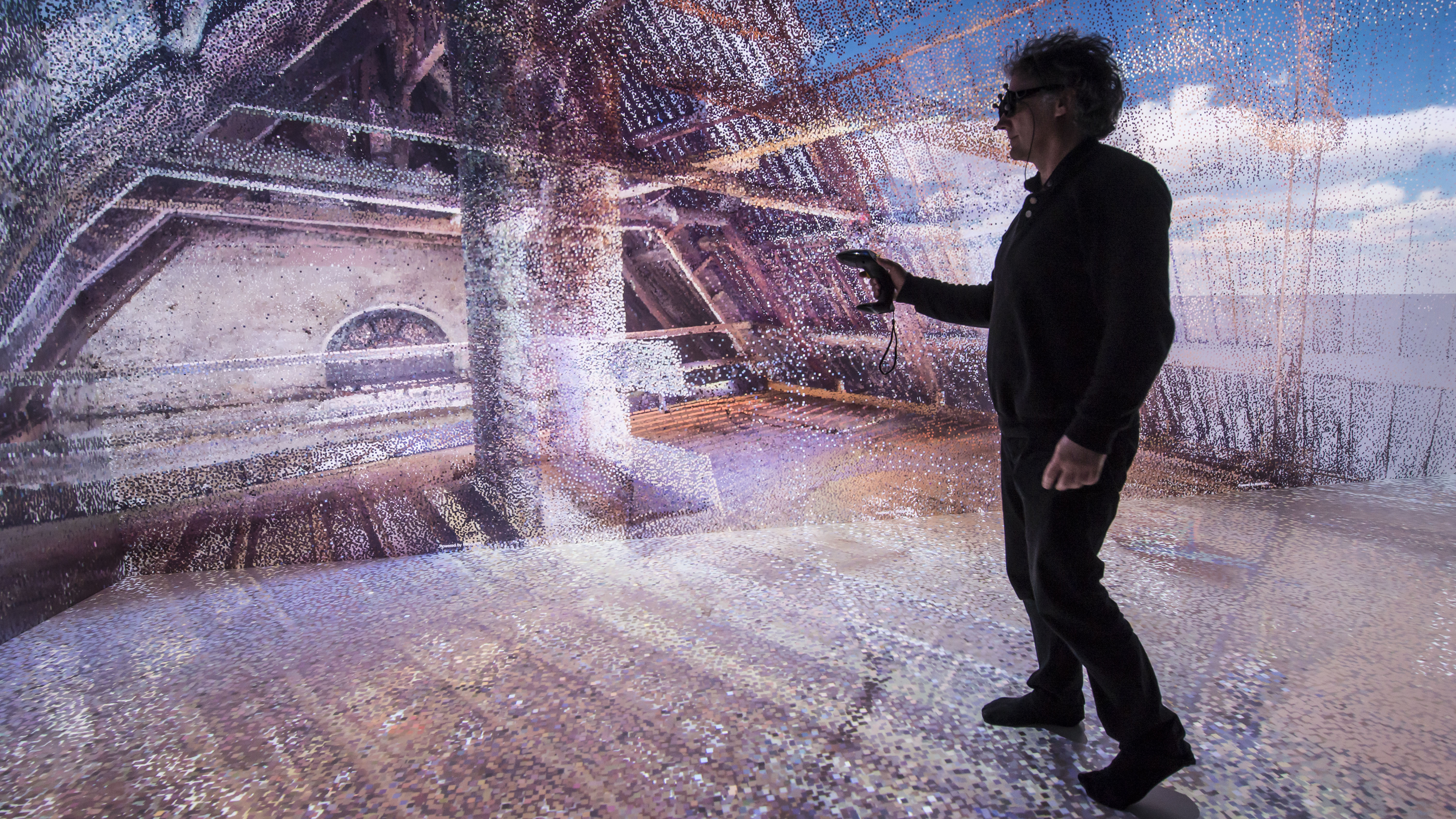History and archaeology: checking data and viewing the past
Date:
Changed on 15/04/2021

Given that they are automatic, statistical analysis tools do not meet the needs of historians and sociologists, particularly when it comes to studying networks of social interactions. Indeed, it has to be possible to modulate how their data corpora, which are complex and often incomplete, are analysed according to what is known by the researcher. The HistorIA project was established to address these issues, coordinated by Jean-Daniel Fekete, head of the Aviz project team at Inria, and his colleague Christophe Prieur, a computer scientist and sociologist at the Economics and Social Sciences Department at Telecom Paris.
Devised in response to the 2018 DataIA* call for projects, it was allocated a budget of €240,000. In 2020, the project published and shared a system for calculating clusters within social networks that is based on the sharing of initiatives between algorithms and the knowledge of individual researchers. These elements are inputted upstream in order to enable adjustments to be made downstream in the event of certain calculated clusters not corresponding to other data known to the researcher.
Many museums face the dilemma of how to preserve and promote cultural heritage when the artefacts themselves are so fragile that they are incapable of withstanding exposure to light. One possible solution to this is digitisation, in a challenge taken up by the Material project, which has been granted €640,000 in funding by the ANR (the French National Research Agency).
Bringing together the Museum of Ethnography at the University of Bordeaux (MEB), the Institut d’Optique, the CNRS and, more recently, the Inria Maverick and Manao project teams, this programme has led to the development of Coupole, a unique platform that is capable of virtually reconstructing ancient textiles, not just in terms of their appearance, but also their weft and how they respond to light. What’s more, the resolution of the virtual images is so high that they can be used for ethnographic research work. This feat of technology has even led to an exhibition at Bordeaux Museum of Ethnography, entitled “3D Textile(s)”. The next challenge for the team will be to improve the manner in which hundreds of thousands of photos are compressed in order to obtain images that are as realistic as possible with a minimal digital footprint.
Imagine being able to endlessly manipulate fragments of extremely fragile pottery in order to reconstitute its form...while it is still protected beneath the soil. This is an archaeological dream that the Hybrid project team (Inria/Irisa) has sought to make a reality. Working in collaboration with archaeologists and 3D modelling specialists, the researchers transform 3-dimensional models developed using imaging technology into functional, interactive scenes.
This is an endeavour based on co-construction, given that the digital tools must be adapted to meet the individual requirements of each research topic. Is there a need to manipulate objects, measure them or assess how they respond to light? Virtual reality makes this possible. By mobilising exceptional infrastructures, such as the Immersia platform, it is even possible for users to move around excavation sites. This is an enormous opportunity to transform field investigations, which are inherently destructive, and to give archaeologists the tools they need to better explore the traces of our past.
* DataIA is a body that was established at Paris-Saclay for scientific coordination on the theme of AI and societal challenges
From 3D digitisation to virtual digs, HybridResearchTeam, YouTube, 18 June 2020